
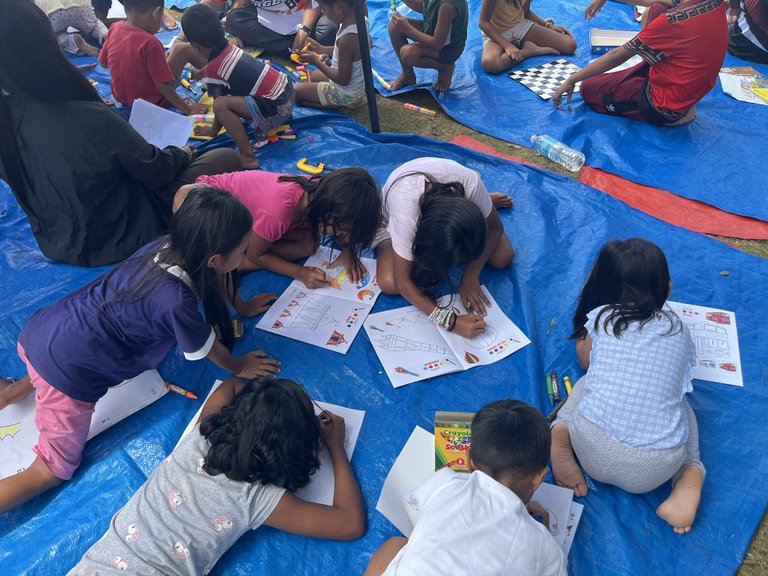

I would be honest that one of our greatest mistakes in this initiative is not doing processing from the very beginning since we were only told to assist MERCY Malaysia and our duty was to entertain the children. But it is not too late yet since we have at least five days remaining.

Entertainment plays a relevant role in this situation, especially for calamity survivors, since this allows them to redirect their thoughts into meaningful plays and physical activities with the assistance of the facilitators. What I knew was that our role ended there—to entertain the kids in the San Remigio Camp—and that MERCY Malaysia and the counselors did the professional part. But that was just a false thought.
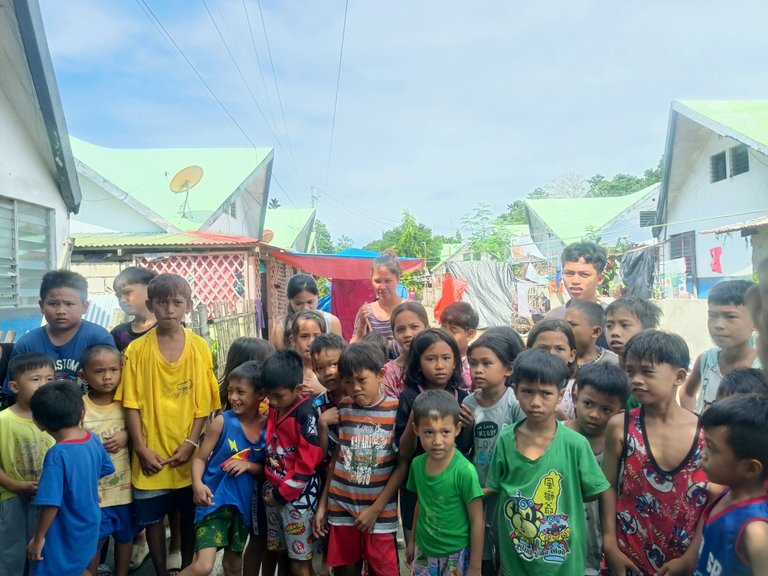
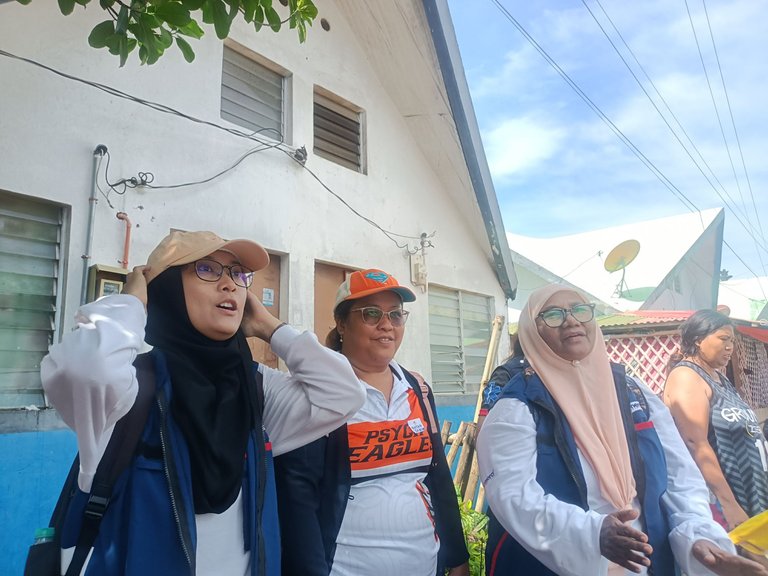

Our Social Psychology instructor arrived this morning at the camp unexpectedly. Some of the facilitators who were present during the first and second days were deployed to the Daanbantayan Camp with MERCY Malaysia. I live just near the San Remigio Camp, so my best choice was to stay in the camp with the kids and not travel to the other town since some of the facilitators live near it. From that reason, our instructor head facilitated us during the session today.
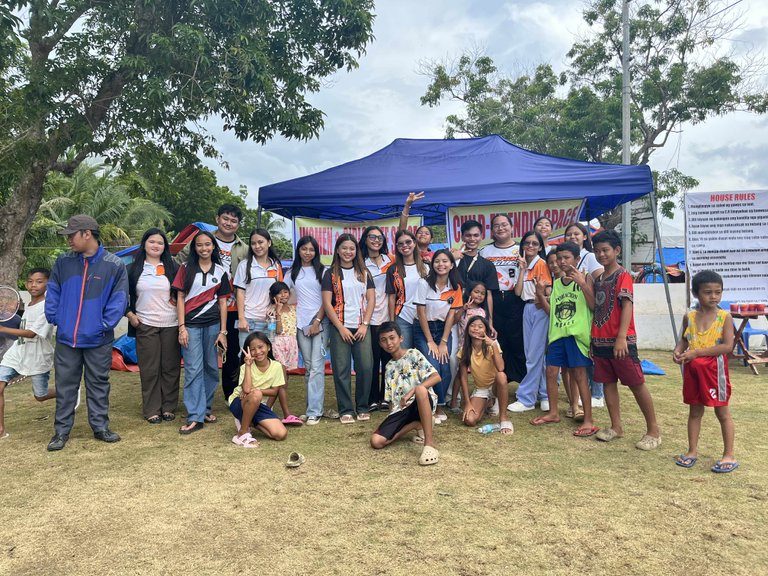
Today's activities were beautifully intervened by a good suggestion. We were told to do processing after every activity to understand the children's reactions to the activities, test their understanding, and, more importantly, to gently guide them to connect those feelings to their experiences before the earthquake. Earlier, I asked them questions concerning their lives before the calamity, such as their best school experiences, usual errands, their friends, and their homes.
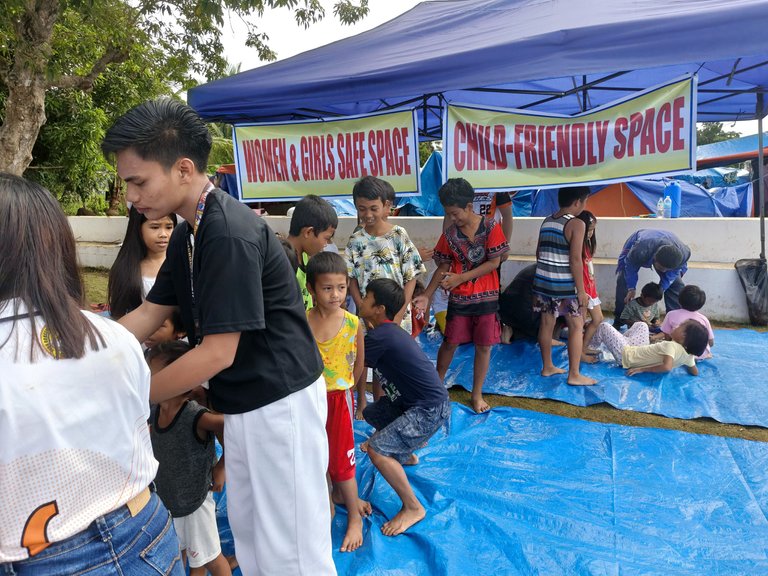
You already know we were grouped into two: for below 6 years old children and 7–12 years old age group. I belong to the latter. And earlier, to follow the suggestion of our instructor, we divided our 48 kids into eight, since we are eight facilitators, and each of us has kids to handle until this initiative ends. From this, we can observe and report reliable data easily and comprehensively since the kids are facilitated by one facilitator only until this lasts. It simply means every day we would throw relevant observations we can, record them, and the next day improve what is needed to be improved according to our inference. So that we could have an objective not only to do the program but to track the improvement of our kids every day we visit them.
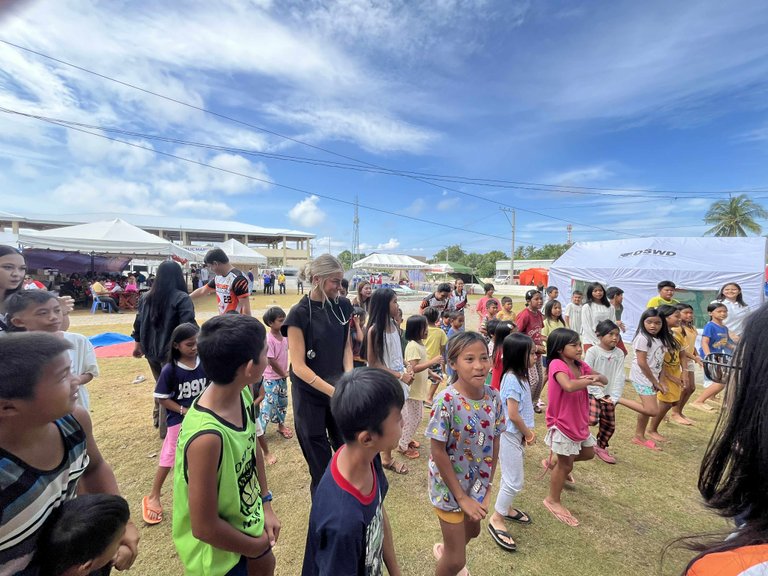
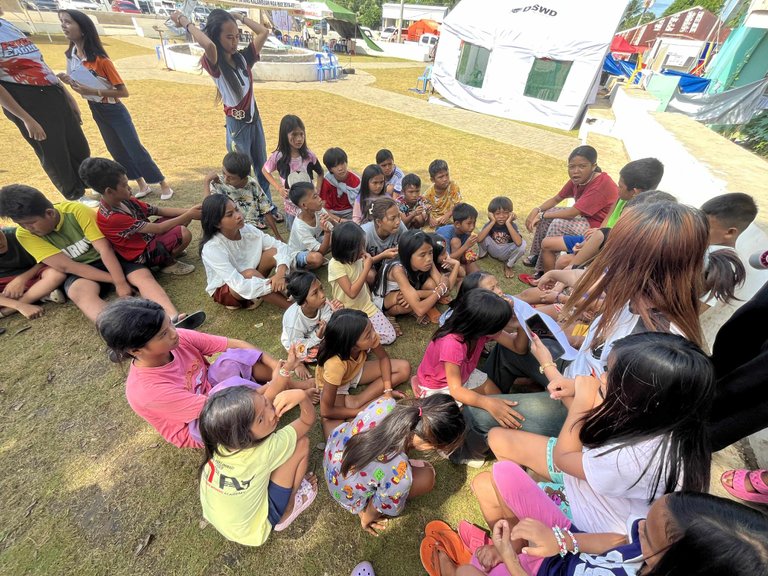
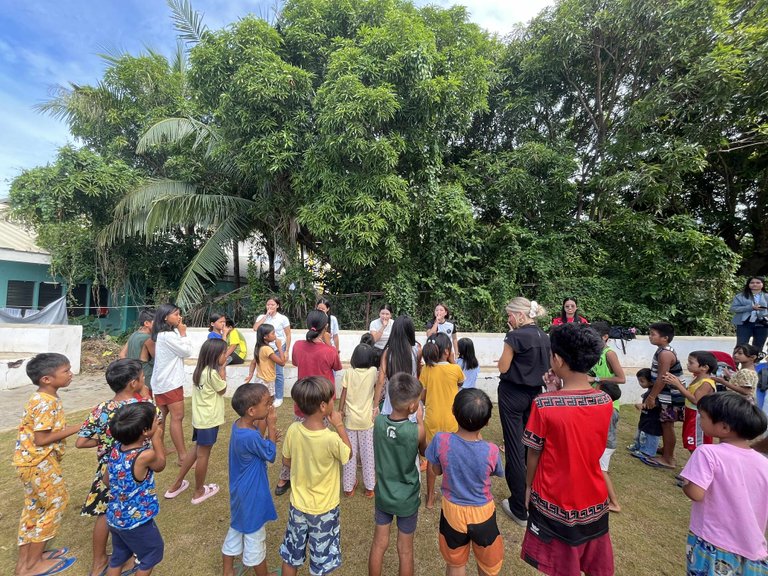
Our program earlier started with brain-stimulating activities such as zumba and general trivia. We have new facilitators today, and I would say it is a good instance to have these new facilitators while having a new part of our program. We let them lead the dance program, and the kids were enjoying it as if it were our first time doing it since day one. I guess it is because we now have a speaker for the zumba, while in the previous days, we just sang the song and they danced boringly.
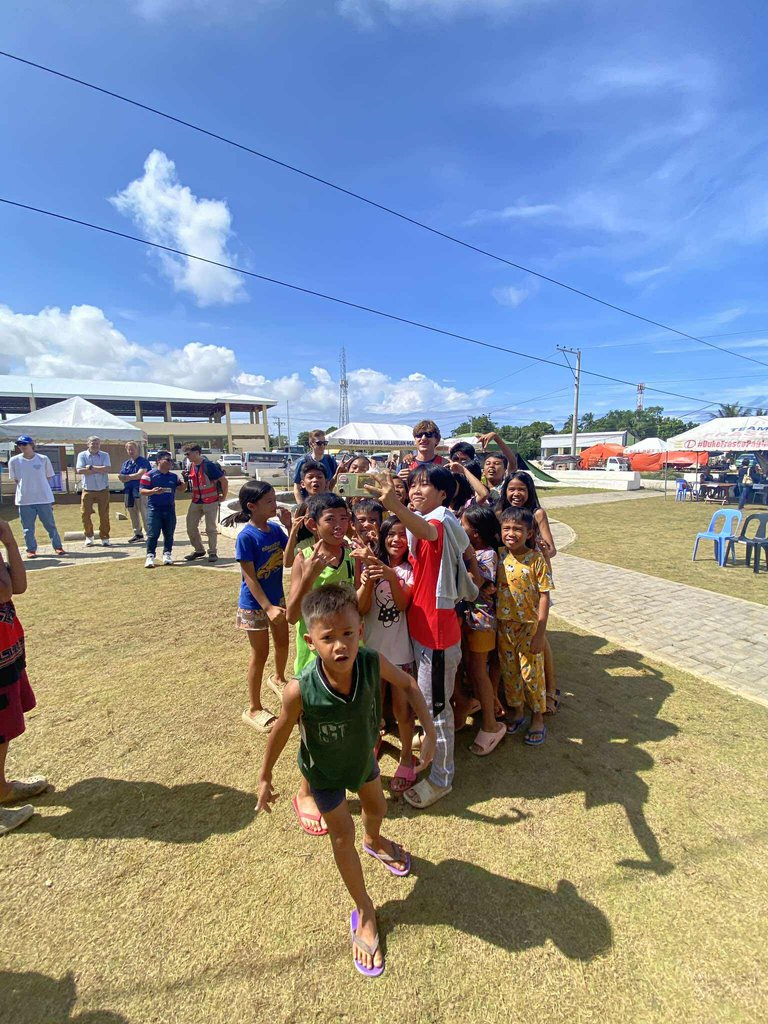
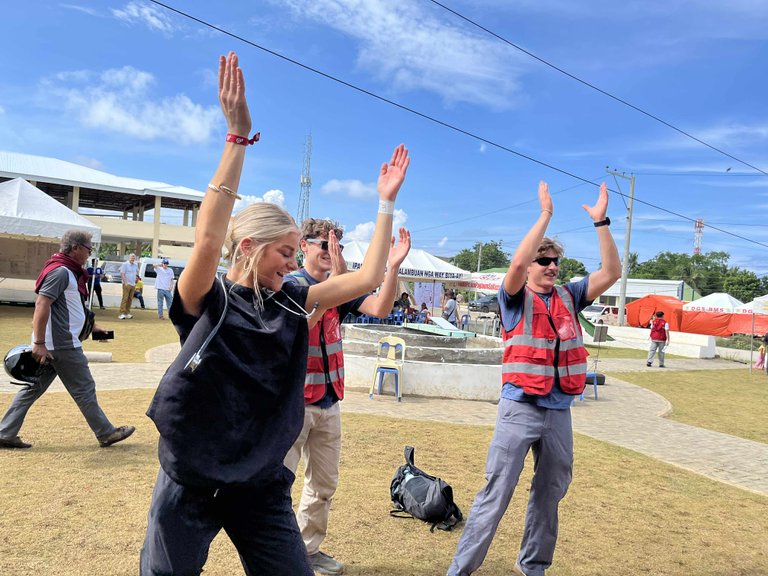
These foreigners are nurses, but I don’t know which country or organization they belong to. I just saw them approaching the area and dancing with the kids humbly. This area feels like a safe space for all walks of life—Malaysian people and these foreigners, I guess from England—doing their things together with us without any barrier or prejudice.
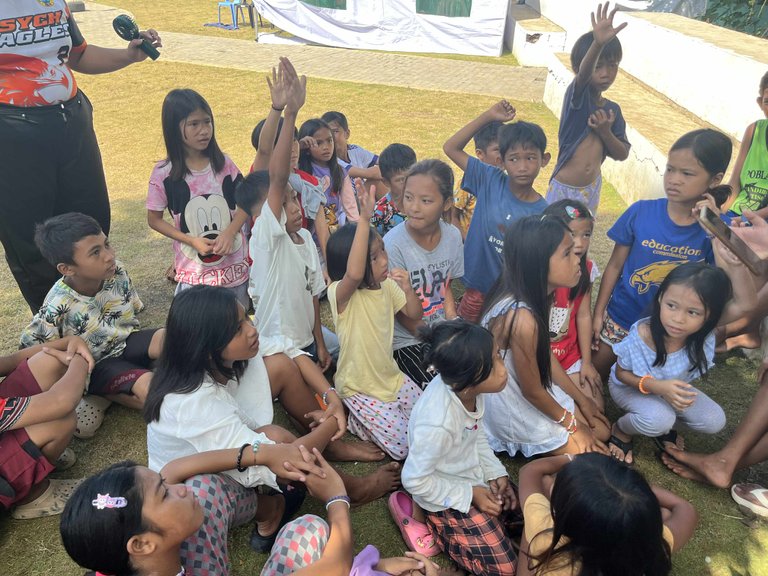

Right after the zumba, we did the trivia sessions where kids were asked to answer general questions. I was happy to know they answered smartly earlier, that despite the calamity, they could still recall basic knowledge from school.

They seem to be closer to us than yesterday and the other day. Today, I can sense a little bit of attachment between the facilitators and the children. And it was filled with greater attachment when we started to facilitate specific kids. I had three kids, by the way, which was supposedly six, but since one junior wanted to do the processing also, I gave her the half.
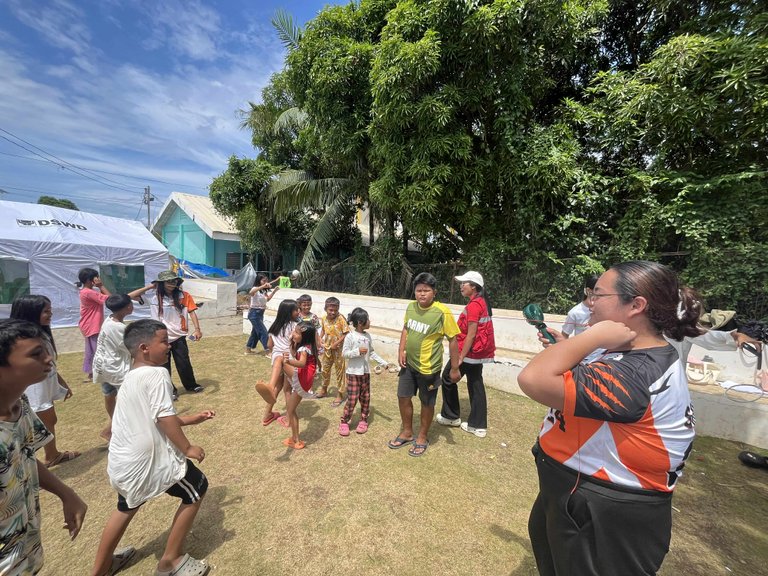
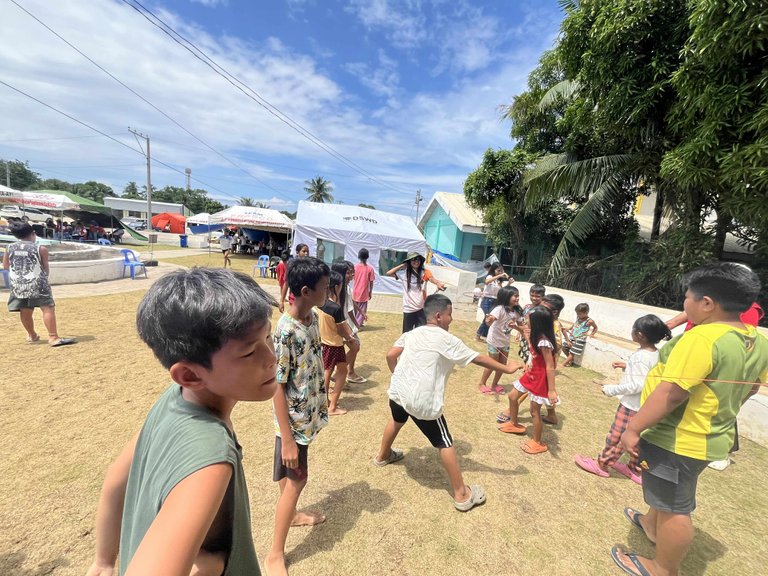
The next program was occupied with plays according to the kids. After my processing, I asked them what activity they wanted to do rather than deciding it for them to ensure they were interested. First, they wanted to do storytelling. It was a book “Learn to Care for Others” that I read to other kids yesterday. Instead of reading it, I asked one of my kids to read it, but I haven’t taken photos of them yet while doing the activity since I was busy. Right after reading the English version, I translated it into Cebuano so that the 7-year-old kid could understand the story. Eventually, I asked them what they learned from the story as part of the processing.
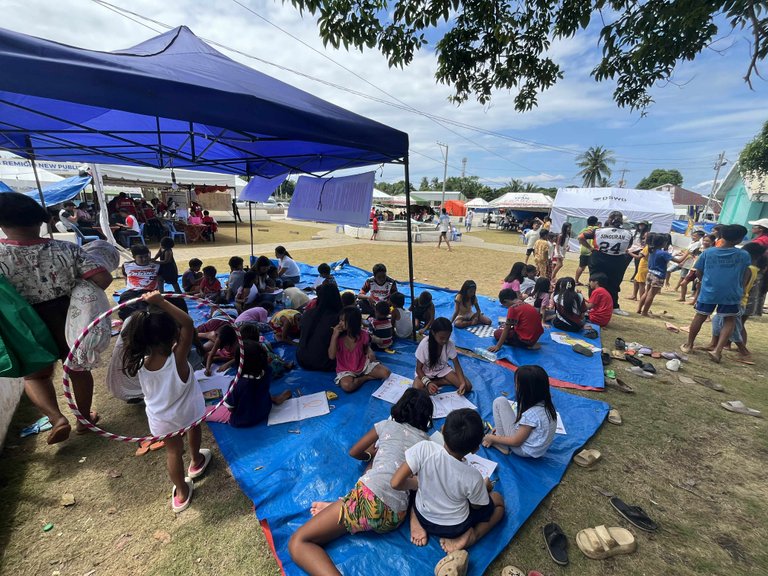
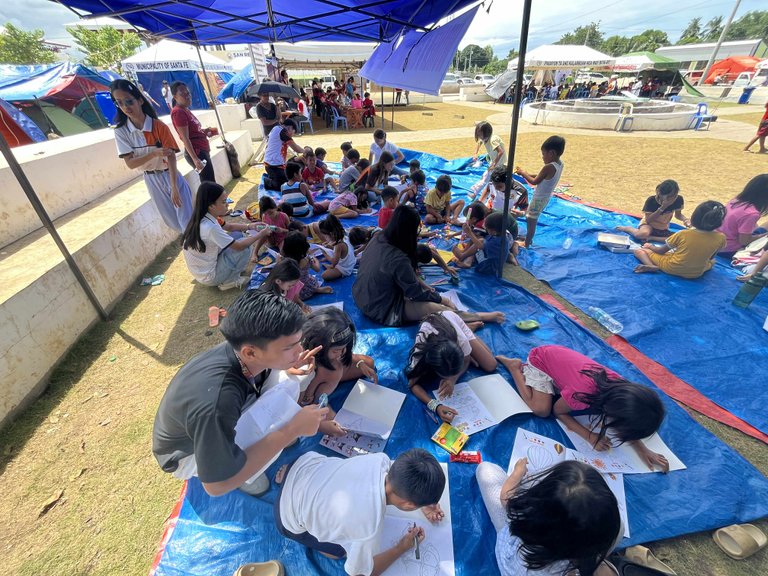
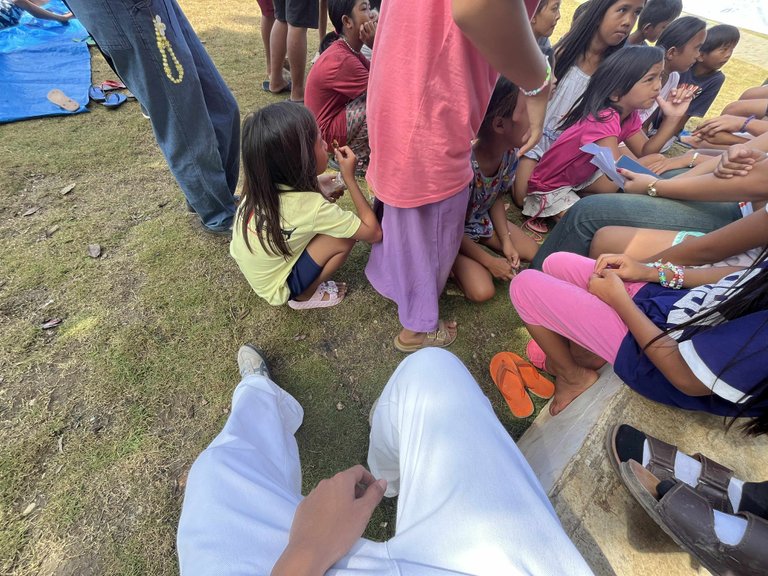

They asked me to get the coloring books, and there was joy, honestly, in their eyes with this request. They wanted to do coloring, and I am glad this activity was implemented from the very beginning of our psychosocial activities.
I let them color figures they wanted and left them for a while to observe other kids and to know also what the others were doing since I am one of the head facilitators, and this job requires me to overlook the other facilitators’ performance and the program.
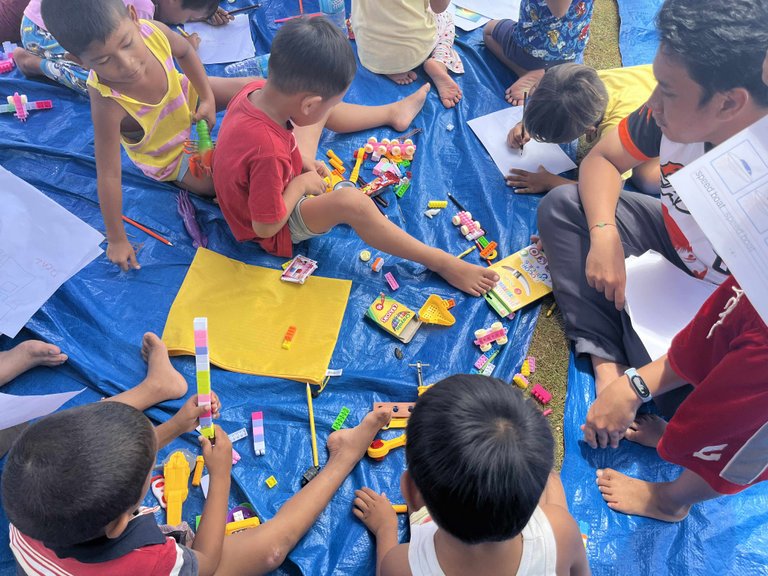
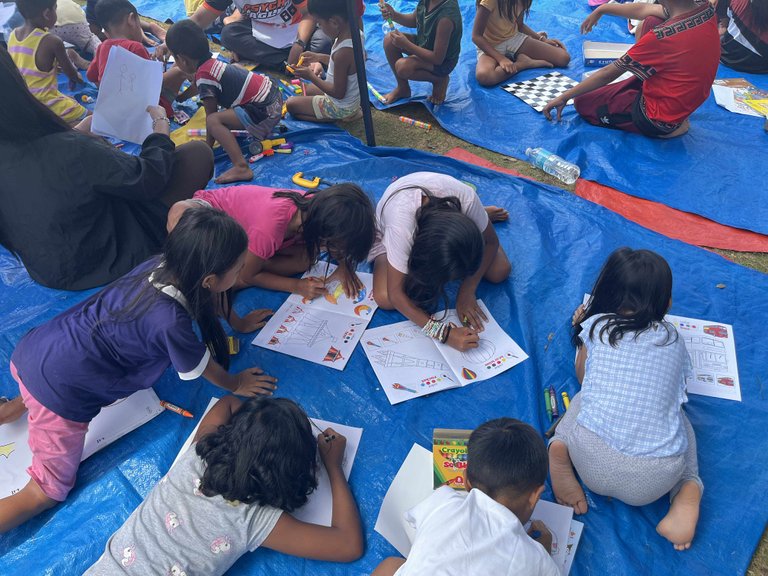
The six-below kids were still busy coloring, drawing, and playing with their facilitators. I wanted to know more about the 7–12 years old children since I have already had experiences with those below 6. They just enjoyed their activities under our humble tent.
A little while later, we were informed by one of the DSWD facilitators that a distribution of sopas, or rice soup, should be made right away since the organization giving it had to leave the area for another camp visit. So the processing after the activity was not done, sadly. I was waiting for my kids to finish their activities, but this news made us fail our objective. We were not also considered by the DSWD to buy us some time, and I honestly didn’t like it to have a primary goal of distributing rice soup for documentation rather than processing the children.

Before we confirmed to do the rice soup distribution, we were able to form a big circle as our closing activity to at least wrap the program and debrief the children subtly. We sang “Sampung Mga Daliri” (Ten Fingers) and said goodbye to each other.
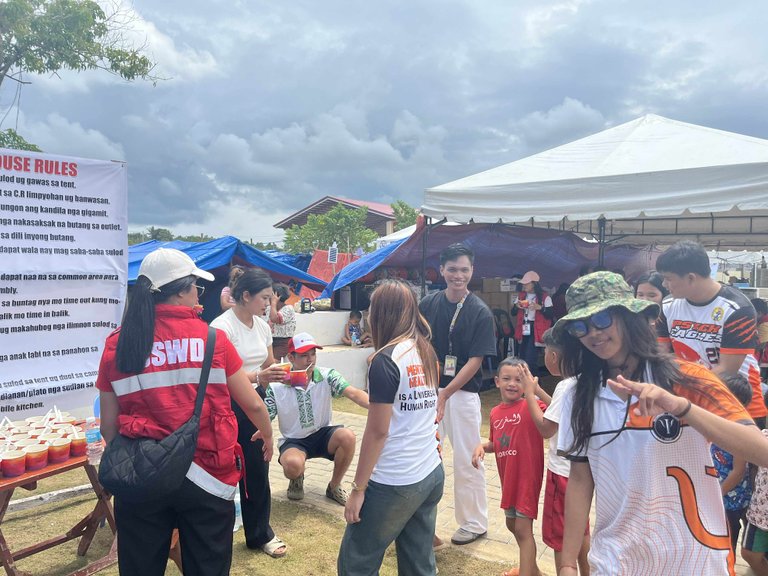
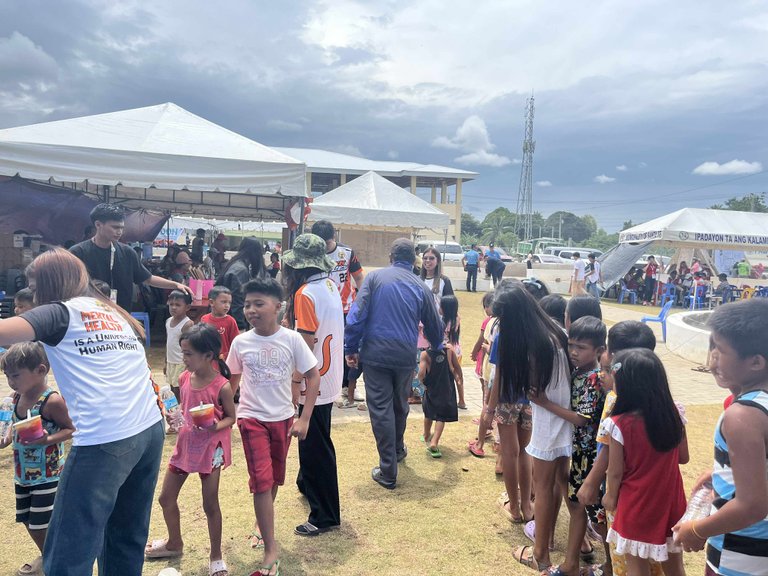
They lined up for the rice soup immediately and got their share with a bottle of water and formed a little crowd in the tent where they ate.
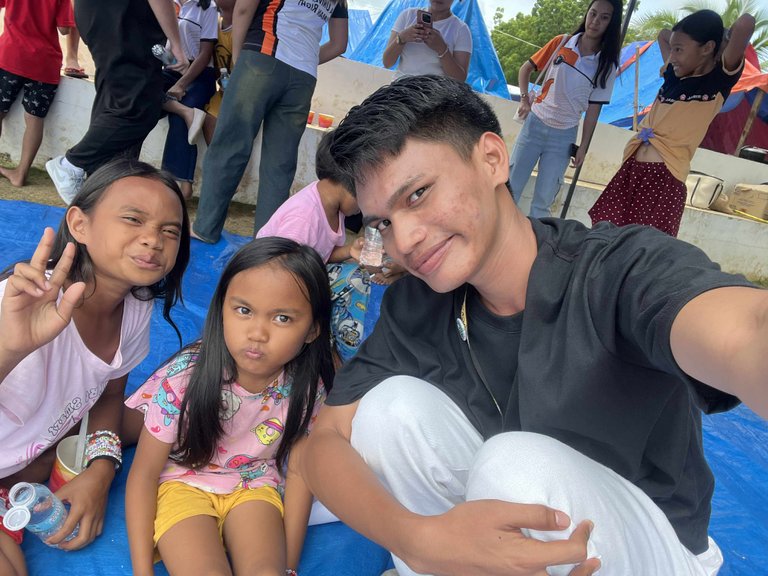
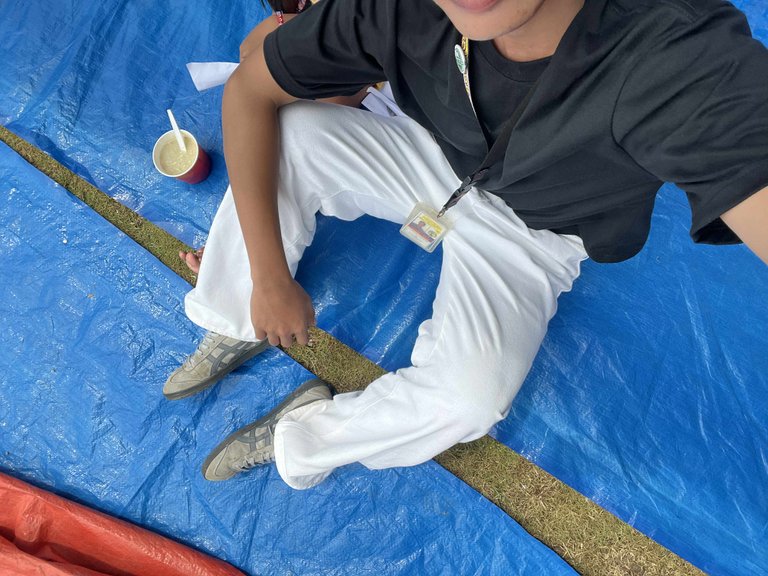
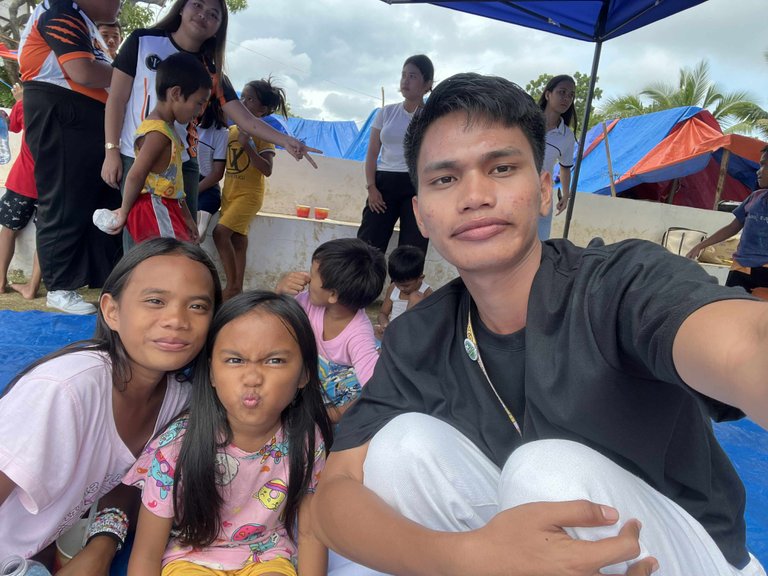
I had a talk with this loyal girl who always stays beside me since day one. Yesterday, this kid wasn’t present, and I encouraged her to join today and in the next days. She wanted to spend time with me when she ate the soup in the tent, and I had a small talk with her about her favorite foods and everything she wanted to share earlier. It warms my heart to know such a little kid already gave her trust to me, and I will always consider this kid as my friend and a wonderful experience.

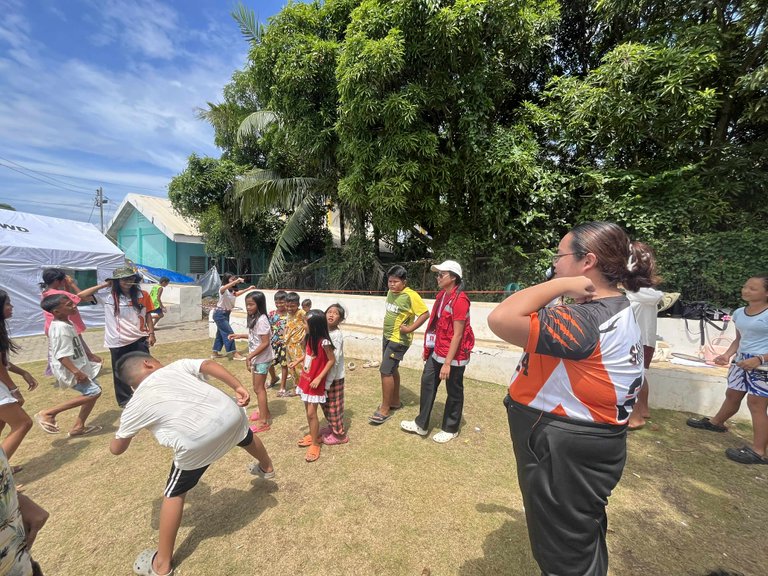
As the day ended, I realized that processing is more than just a discussion but also a bridge that connects emotions, memories, and healing of the children. Today, I learned that every activity, when reflected upon, can become a space for growth and comfort for both the children and us facilitators. With the remaining days ahead, I hope we can sustain this meaningful process and continue to nurture the children’s resilience one session at a time. I am hopeful to wjat's yet to come!
Padayon sa paglambo✨
Thank you @itsrheaa ❤️
Thanks for doing your best for those kids. They surely appreciate everything you guys do for them.
Kids have kind hearts @mayt gor sure they will. Thank you for passing by❤️❤️❤️